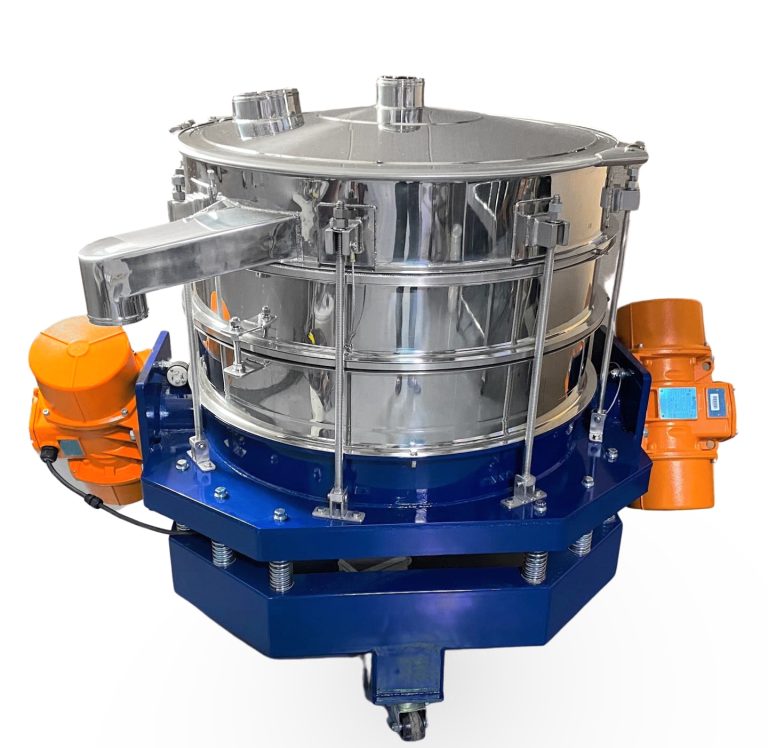From Design to Production: Navigating Die Casting Services

Die casting is a highly efficient manufacturing process that produces intricate metal parts with remarkable precision and consistency. From automotive components to consumer electronics, die casting plays a vital role in various industries. However, navigating through the complexities of die casting services requires a thorough understanding of the process, materials, and design considerations. In this article, we delve into the journey from design to production in die casting, exploring key aspects that can influence the quality and success of your project.
Understanding Die Casting
Die casting is a metal casting process that involves forcing molten metal into a mold cavity under high pressure. The mold, also known as a die, is typically made of hardened steel and is precisely machined to form the desired shape of the part. Once the molten metal solidifies, the die is opened, and the finished part is ejected.
Design Considerations
Designing parts for die casting requires careful consideration of various factors to ensure optimal performance and manufacturability. Key considerations include:
- Part Geometry: Complex geometries can be achieved through die casting, but certain design features, such as sharp corners die cast parts thin walls, may require additional machining or lead to casting defects. Designing parts with uniform wall thickness and smooth transitions can enhance the die casting process.
- Draft Angles: Incorporating draft angles into the design facilitates the ejection of the part from the die. Adequate draft angles reduce the risk of damage to the part and help maintain dimensional accuracy.
- Undercuts: Minimizing undercuts in the design simplifies the die casting process and reduces tooling costs. However, if undercuts are unavoidable, additional features such as slides or lifters may be incorporated into the die design.
- Material Selection: Die casting supports a wide range of materials, including aluminum, zinc, and magnesium alloys. The choice of material depends on factors such as strength, weight, and corrosion resistance, as well as cost considerations.
Prototyping and Tooling
Before moving into full-scale production, prototyping plays a crucial role in validating the design and identifying potential issues. Rapid prototyping techniques, such as 3D printing and CNC machining, enable the quick iteration of designs and the testing of various configurations.
Once the design is finalized, the next step is the fabrication of the die or mold. Tooling for die casting involves intricate machining processes to create precise cavities that replicate the desired part geometry. The quality of the tooling directly impacts the consistency and accuracy of the final parts, making it essential to work with experienced tooling manufacturers.
Production Process
With the tooling in place, the production process begins with the preparation of the die casting machine and the melting of the metal alloy. The molten metal is then injected into the die cavity under high pressure, filling the mold and forming the part.
During the casting process, factors such as injection speed, temperature control, and die lubrication play a critical role in ensuring the quality of the parts. Advanced technologies, such as real-time monitoring and automated controls, help optimize the casting parameters and minimize defects.
Finishing and Post-Processing
Once the parts are ejected from the die, they undergo various finishing operations to achieve the desired surface finish and dimensional accuracy. Common post-processing techniques include:
- Trimming: Removing excess material or flash from the part to achieve the final dimensions.
- Surface Treatment: Applying coatings, plating, or surface treatments to enhance the appearance and properties of the parts.
- Machining: Performing additional machining operations, such as drilling or tapping, to achieve tight tolerances or add secondary features.
Quality Assurance
Throughout the die casting process, rigorous quality control measures are implemented to ensure that the parts meet the specified requirements. Inspection techniques, such as dimensional measurement, visual inspection, and non-destructive testing, are employed to detect defects and deviations from the design.
Conclusion
Die casting services offer a versatile and cost-effective solution for manufacturing complex metal parts. By understanding the intricacies of the die casting process and considering key design and production factors, manufacturers can navigate through the challenges and unlock the full potential of die casting for their projects. From prototyping to production, attention to detail and collaboration with experienced partners are essential for achieving success in die casting.



